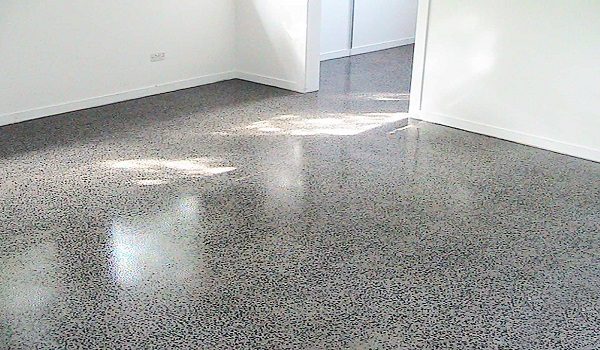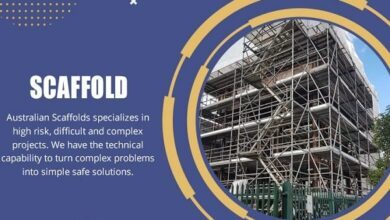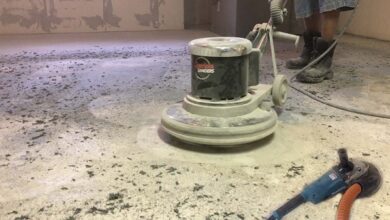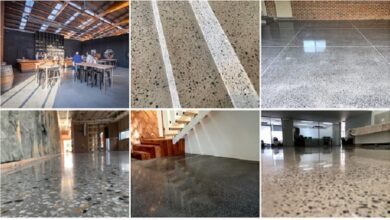
- Is polished concrete more expensive?
- What is a cheap alternative to polished concrete floor?
- What is the cheapest way to finish concrete?
- Is polished concrete the same as burnished?
Introduction:
Burnished concrete and polished concrete are two different types of concrete finishes that have become popular in recent years due to their durability, ease of maintenance, and aesthetic appeal. Burnished concrete is achieved by using specialized equipment to smooth and compact the surface of the concrete, while polished concrete involves using progressively finer abrasives to create a shiny and reflective surface. One question that often arises when considering these two finishes is whether burnished concrete is cheaper than polished concrete. In this article, we will explore the factors that contribute to the cost of each type of finish and compare them to determine which is the more affordable option.
-
Equipment and materials:
The equipment and materials required for burnished concrete and polished concrete are different. Burnished concrete requires specialized burnishing machines that use high-speed polishing pads, while polished concrete requires concrete grinders and diamond abrasives. In general, burnishing machines are less expensive than concrete grinders, which means that the equipment cost for burnished concrete is usually lower than for polished concrete.
In terms of materials, both finishes require similar types of concrete, but polished concrete may require additional materials such as densifiers, sealers, and polishing compounds. These additional materials can increase the overall cost of polished concrete.
-
Labor costs:
The labor costs for burnished concrete and polished concrete are similar, but there are some differences. Burnished concrete requires less labor because the process is faster than polishing. However, burnishing machines are heavier and more difficult to maneuver than concrete grinders, which can increase the amount of labor required for burnished concrete.
Polishing concrete requires more labor because the process involves multiple steps, with each step requiring different equipment and abrasives. The polishing process can take several days to complete, which can also increase labor costs. However, because polished concrete is more time-consuming, the labor costs may be spread out over a longer period, making it more manageable for some budgets.
-
Surface preparation:
The surface preparation required for burnished concrete and polished concrete is different. Burnished concrete requires less surface preparation because the process involves smoothing and compacting the surface of the concrete. Polished concrete, on the other hand, requires more surface preparation because the surface must be ground down to expose the aggregate and create a uniform surface.
The amount of surface preparation required for polished concrete can vary depending on the condition of the existing concrete surface. If the surface is in good condition, the surface preparation may be minimal. However, if the surface is uneven or has damage, the surface preparation may be more extensive and can increase the overall cost of the project.
-
Maintenance:
Both burnished concrete and polished concrete are low-maintenance finishes that require only occasional cleaning and resealing. However, polished concrete may require more frequent resealing to maintain its shine and durability. This can increase the overall cost of polished concrete over time.
Burnished concrete, on the other hand, may require less frequent resealing because the surface is denser and more compact. This can make it a more cost-effective option over time.
Why the best polished concrete?
Polished concrete is a popular flooring option for a variety of settings, from commercial and industrial to residential. Here are some reasons why polished concrete is considered to be one of the best flooring options:
- Durability: Polished concrete is incredibly durable and long-lasting, making it a popular choice for high-traffic areas such as retail stores, warehouses, and factories. The process of polishing the concrete surface actually makes it harder and more resistant to wear and tear.
- Low maintenance: Polished concrete is easy to clean and maintain, requiring only occasional cleaning and resealing. Unlike other flooring options, polished concrete does not require waxing or other treatments, which can save time and money in the long run.
- Aesthetics: Polished concrete has a sleek and modern look that can complement a variety of design styles. The shine and reflection of the surface can enhance the overall appearance of a space, and can even make it appear larger and brighter.
- Sustainability: Polished concrete is a sustainable flooring option, as it is made from an abundant natural resource (concrete) and requires no additional materials. Additionally, the process of polishing concrete does not create any hazardous waste or emit harmful fumes, making it an environmentally friendly choice.
- Cost-effective: Polished concrete is often more cost-effective than other flooring options such as tile, carpet, or hardwood. While the upfront cost may be higher than some options, the long-term durability and low maintenance requirements make it a more affordable choice over time.
Overall, polished concrete is a durable, low-maintenance, aesthetically pleasing, sustainable, and cost-effective flooring option that can work well in a variety of settings.
Conclusion:
Burnished concrete and polished concrete are two different types of finishes that have their own unique characteristics and costs. While burnished concrete may be less expensive in terms of equipment costs, polished concrete may require less labor over time. Additionally, the surface preparation required for each finish can impact the overall cost of the project. Ultimately, the cost of each finish will depend on a variety of factors, including the size and complexity of the project, the condition of the existing concrete surface, and the desired aesthetic. It is important to work with a professional concrete contractor to determine which type of finish is the most affordable and practical for your specific needs.



